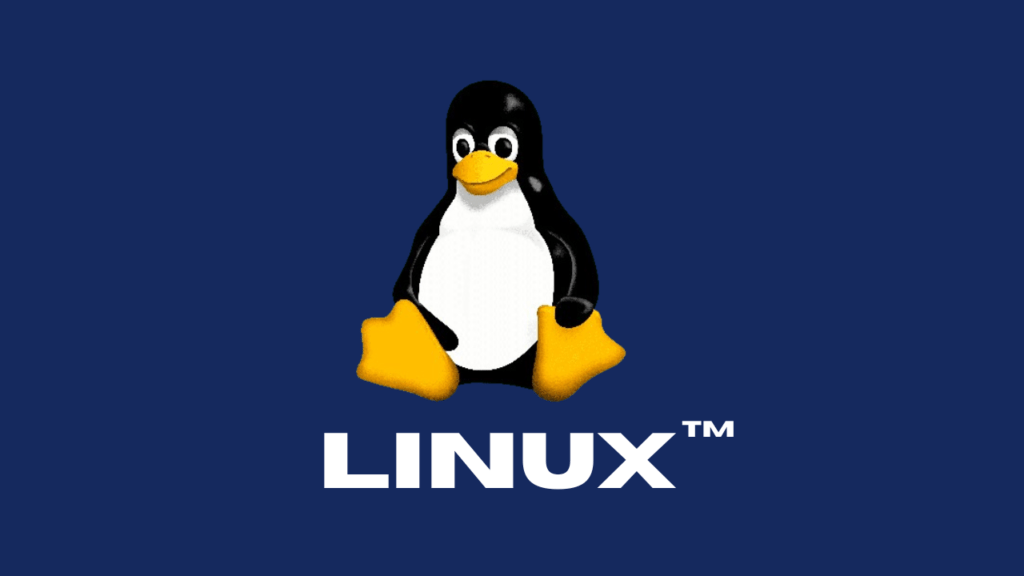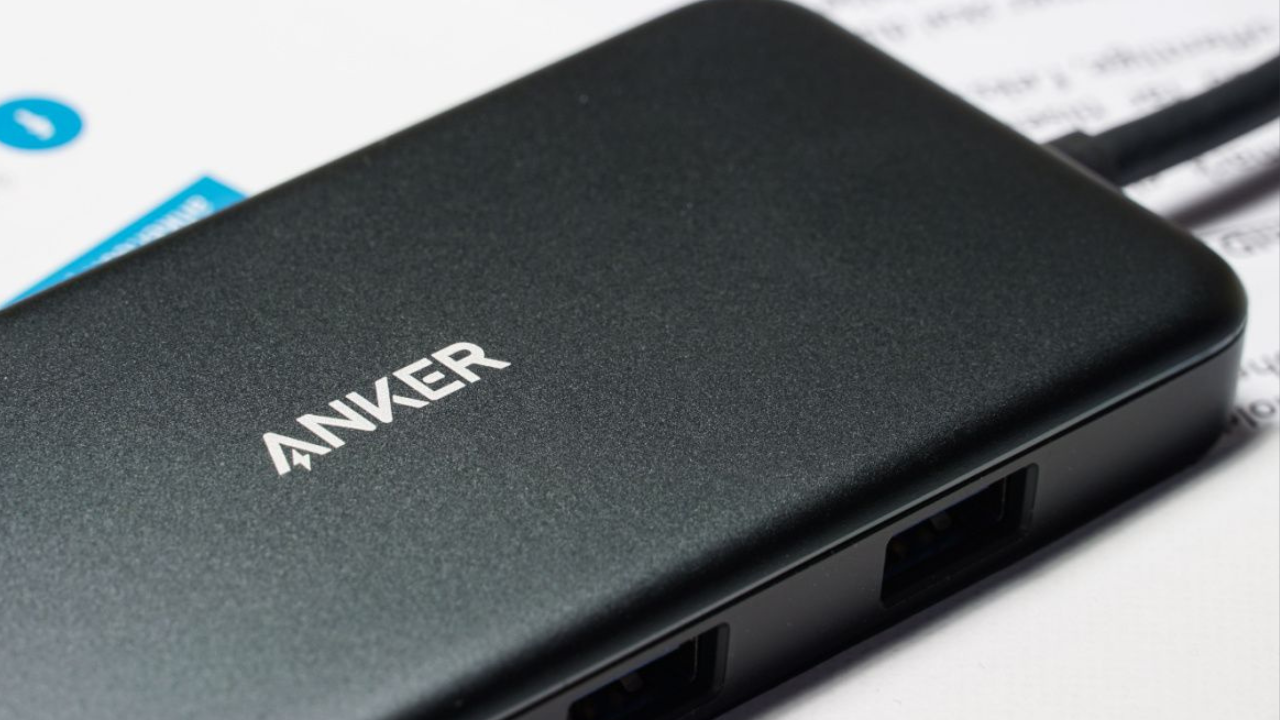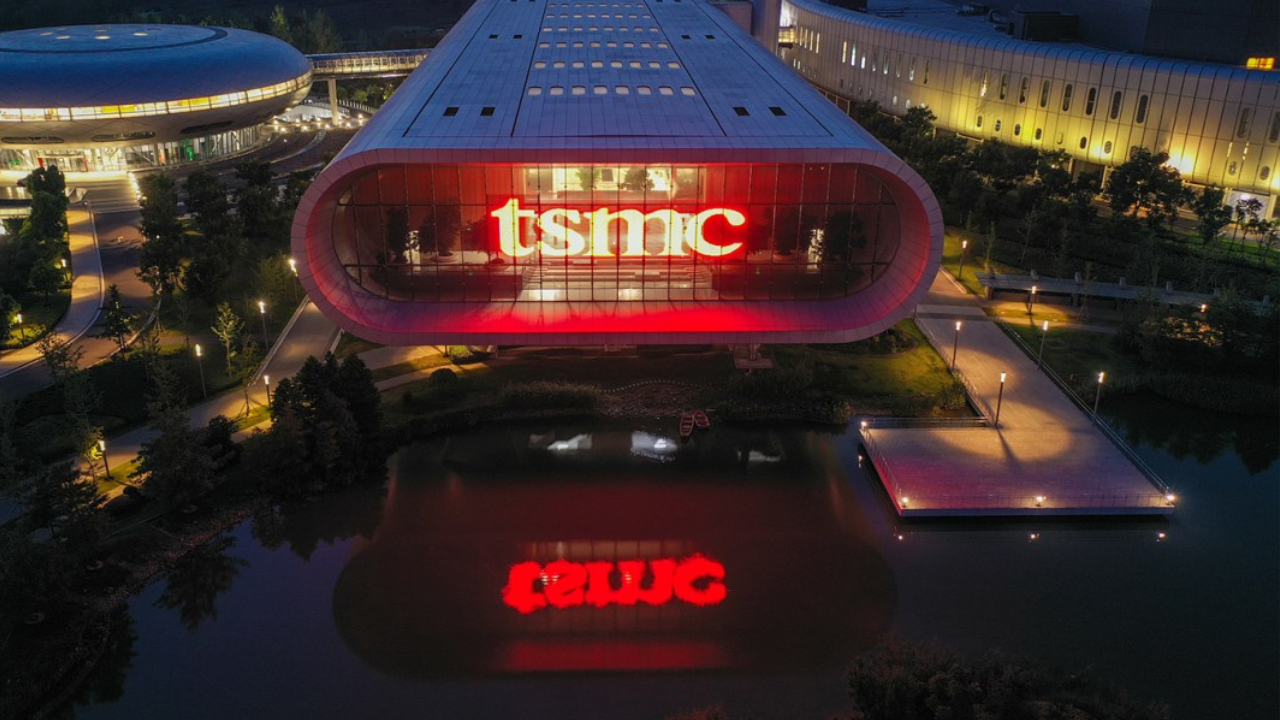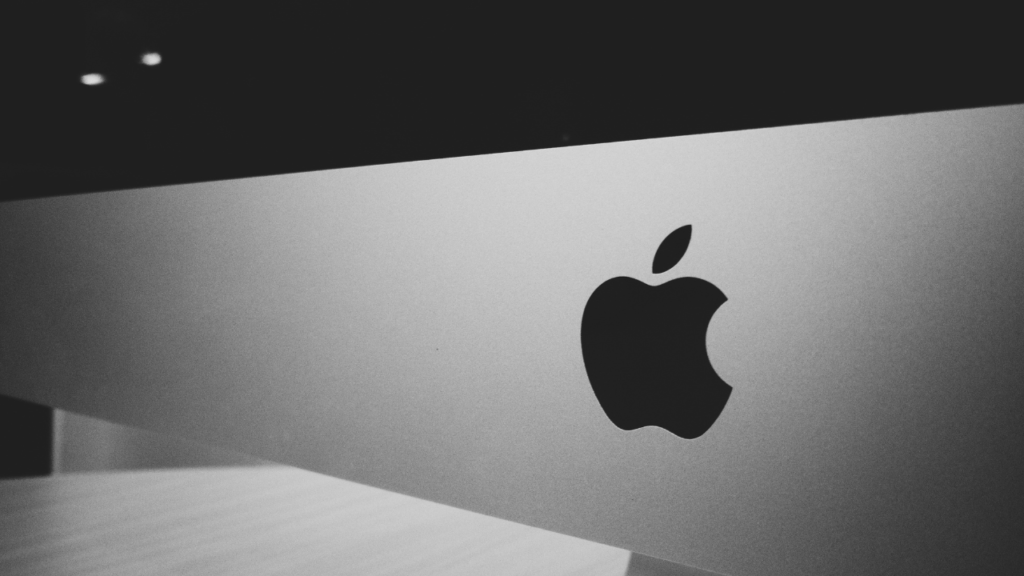Linux is all about embracing possibilities, But new users should be aware of potential pitfalls to ensure a smooth experience. Here’s a guide on what to avoid after setting up Linux to help you make the most out of this powerful operating system.
1. Adding Unverified Repositories
Repositories serve as remote hubs for the software installed through the package manager. For example, installing GIMP on Ubuntu can be as simple as executing sudo apt-get install gimp -y. These default repositories are pre-configured with the operating system, ensuring the software’s safety and compatibility. However, while Linux allows adding third-party repositories, the key question is—should you? Often, the answer is no.
The internet is filled with repositories, but not all are trustworthy. Some have been discovered to house malicious software. To avoid this risk, only add repositories from reputable sources, such as well-known vendors. If you stumble upon a repository from an unknown developer or company, do your homework before integrating it into your system.
2. Logging in as Root
In the early days of Linux, logging in as the root user was a common practice. But as Linux evolved, so did the understanding of security. Today, many distributions, like Ubuntu, don’t even provide a root password by default, making it impossible to log in as root unless explicitly enabled.
If your distribution allows it, resist the temptation to log in as root. Even using su to switch to the root user can open up significant security vulnerabilities. Instead, opt for sudo to execute commands with administrative privileges. Keeping the root account locked down minimizes the risk of unauthorized access to your system.
3. Deleting Essential System Files
Linux directories like /usr/bin, /usr/sbin, /bin, /dev, /lib/, /sbin, and /var contain vital system and configuration files. Deleting files from these directories can lead to severe issues, potentially rendering your system inoperable.
If your system is running low on storage, focus on cleaning up non-essential directories like ~/Downloads rather than risking the integrity of your Linux installation. Always ensure that important data is backed up before removing any files, even from less critical directories.
4. Neglecting Regular Backups
Even though Linux is renowned for its stability and security, your data is still at risk. Accidental deletions or system failures can result in the loss of critical files, such as that long-term project you’ve been working on.
Implementing regular backups is a must. Setting up an automated daily backup for essential directories like ~/Documents is a good practice. User-friendly tools like Deja Dup make this process straightforward, ensuring your data is always protected.
5. Installing Incompatible Desktop Environments
In the past, you could install multiple desktop environments without much concern. However, with modern Linux distributions, this can lead to conflicts. For instance, installing Pantheon on Pop!_OS can disrupt the default setup, and adding Plasma Desktop might create duplicate entries in your menu.
To avoid these issues, choose a distribution that comes with your preferred desktop environment pre-installed. If you wish to try a new environment, research its compatibility with your current setup to prevent potential problems.
6. Running Server Software on a Desktop Environment
While it’s technically possible to install server software like web servers, databases, or CMS platforms on a Linux desktop, it’s not advisable. Desktop environments are not optimized for running server software, which can strain system resources and compromise performance.
For server-related tasks, it’s better to use a dedicated server OS, such as Ubuntu Server, Debian Server, or Fedora Server. These distributions are tailored for server use, offering enhanced security and stability for such purposes. Avoid using server-centric distributions for desktop tasks to maintain system efficiency.
7. Disabling SELinux or AppArmor
SELinux and AppArmor are crucial security frameworks designed to protect your Linux system from threats. Disabling these tools can leave your system exposed to attacks. Some administrators may disable SELinux due to unfamiliarity or perceived complexity, but this is a dangerous practice.
Keeping SELinux or AppArmor enabled ensures that your system maintains its robust security posture. Learning to work with these tools is essential to safeguarding your Linux environment from potential vulnerabilities.




















